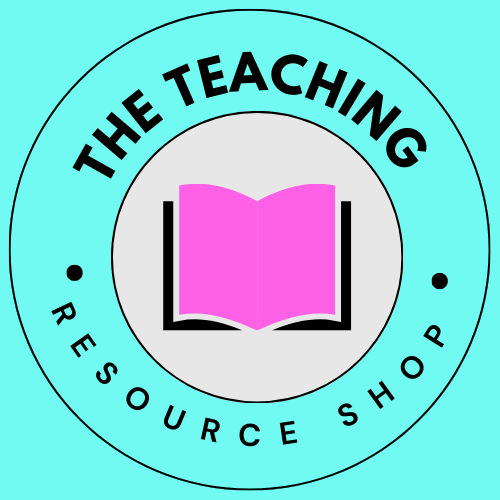How To Design An Effective Lesson Plan
Writing an effective lesson plan is crucial for successful teaching and learning experiences. Here are key steps to create a well-structured lesson plan:
1. Identify objectives: Determine what you want your students to learn and achieve during the lesson. Clearly define your goals and ensure they align with curriculum standards.
2. Assess prior knowledge: Determine what your students already know about the topic. This helps you tailor your instruction and build upon their existing knowledge.
3. Plan activities: Develop a sequence of activities that engage students and facilitate learning. Incorporate a variety of teaching methods such as lectures, discussions, group work, and hands-on activities to cater to different learning styles.
Engage, assess, differentiate, scaffold, collaborate, apply, reflect, assess, adjust and evaluate.
4. Include assessment strategies: Integrate formative and summative assessments to gauge student understanding. This allows you to monitor progress and make adjustments as needed.
5. Provide resources: Gather necessary materials, textbooks, multimedia, and other resources
6. Incorporate differentiation: Consider the diverse needs and abilities of your students. Differentiate instruction by providing additional challenges or support to accommodate individual learning styles.
7. Allow for flexibility: Be prepared to adapt your lesson plan based on student responses and unexpected circumstances that may arise during the lesson.
By following these steps, you can create a well-organized and effective lesson plan that promotes student engagement, learning, and achievement.


